Transcription of AUDIO engineering society
1 AUDIO engineering society Containing the Activities and Papers of the society , and pub- lished monthly as a part of AUDIO engineering Magazine OFFICERS john D. Colvin .. President Bob Hugh Smith Western AUDIO engineering society , C. G. McProud Executive Vice-Pres. Lawrence Shipley Central Box F, Oceanside, N. Y. Norman C. Pickering .. Secretary Ralph A. Schlegel .. Treasurer Loudspeaker Damping ALBERT PREISMAN" Part 1. A discussion of theoretical considerations of loudspeaker characteristics, together with a practical method of determining the constants of the unit as a preliminary step in obtaining satis- factory performance.
2 0 NE OF THE CONSIDERATIONS in the design and application of loud- speakers is the adequate damping of their motion. Thus, owing to the masses and compliances involved, the sudden application or removal of current in the voice coil tends to produce a transient oscillation of a damped sinu- soidal nature. In particular, the sudden cessation of current in the voice coil may find the loudspeaker continuing to vibrate in the manner described, so that the sound "hangs over". Any one who has experi- enced this un~leasant effect will seek ways and means to eliminate it.
3 In the case of a horn type loud- speaker, the horn imposes in general sufficient mechanical loading to damp out such transient response of "hang- over", and also serves to limit the ex- cursions of the voice coil so that it does not operate into the nonlinear portion of the air-gap magnetic field. The damp- ing also serves to minimize nonlinear compliance of the suspension system by limiting the amplitude of oscillation. However, if the horn design is lim- ited by such considerations as maximum permissible mouth area and is operated at a frequency not too low to be trans- mitted by the horn taper yet low enough so that appreciable reflections occur at the mouth, then the horn may cease to act as a mechanical resistance, but in- stead become predominantly reactive, and thereupon cease to damp a reson- ance in the speaker unit occurring in this frequency range.
4 In such an event other means of damping will be of value * Ca~tol Radio engineering Institute, Washington, D. C. to the designer or applications engineer. In the case of the direct-radiator loudspeaker unit, the air load is small, and is mainly reactive at the lower frequencies. Hence mechanical damping of the unit is small in magnitude, and "hangover" effects may be particularly noticeable. A reflexed cabinet may help to load the loudspeaker, or at any rate to pro- duce a two-mesh mechanical network exhibiting two resonance peaks, neither of which is as high as that of the unit by itself or in a flat baffle.
5 Neverthe- less, the damping may still not be suffi- cient to produce "clean" low-frequency tones. Hence, in general, it is advisable or at least desirable to provide sufficient damping of the direct-radiator type of unit by means of its electrical character- istics, so that whether it is operated into a horn, reflexed cabinet, or simply a flat baffle, it will be adequately damped. An important point about electrical damping is that it represents high rather than low efficiency of operation, just as a horn does. On the other hand, were some material such as viscaloid employed to provide the required damp- ing, the electrical input power would in part at least be converted into heat en- ergy in the material instead of into acoustic energy, and thus represent a L 1 Fig.
6 1. Equivalent circuit of loudspeaker unit at low frequencies. decrease in efficiency. It will therefore be of interest to examine damping pro- duced by the electrical characteristics of the system. Motional Impedance When an alternating current flows in a voice coil, it reacts with the constant magnetic field to produce an alternating force which causes the voice coil to vibrate at the frequency of the current. In so doing, the voice coil cuts through the magnetic lines, and generates a cou?ter electromotive force, The action is exactly similar to that of the rotating armature of a motor -the armature generates a by its rotation in the magnetic field.
7 Con- Fig. 2. Mechanical characteristics of speaker as seen from voice-coil terminals. sider the case of the loudspeaker voice coil. The electrical which is gen- erated, tends to oppose the flow of cur- rent in the coil, just as if its impedance had gone up. After all, one ohm of im- pedance simply means a one volt drop in the unit for a one-ampere current flow- ing through it; , volts per ampere. In the case of the loudspeaker, the force, and hence motion and , are pro- portional to the voice coil current, so that a ratio is involved which is an ap- parent impedance.
8 Hence, when a loudspeaker voice coil AUDIO engineering 8 MARCH, 1951 is permitted to vibrate, its impedanc apparently goes increase in tl impedance owing'to its motion is knou as the MOTIONAL IMPEDANCE, and it measured in ohms just as the electric impedance of the voice coil is measurc in ohms. Several characteristics of the motion impedance can be readily analyzed qua1 tatively. In the first place, the lower tl mechanical impedance, the more readi does the voice coil vibrate. and tl higher is the induced for a givc current flowing through it; , tl higher is its motional impedance.
9 A second point to note is that tl greater the magnetic flux density, tl greater is the induced , and tl higher is the motional impedance of tl voice coil. Finally, we note that if tl total length of voice-coil wire is ij creased, there is more conductor cuttir the magnetic field, and hence mo induced. Therefore the motion I Fig. 3. Circuit of Fig. 2 with additic of generator. LOUDSPEAKER DAMPING a narrow frequency range involving the resonant frequency of the unit. The compliance C, represents that of the suspension, both of the rim of the cone and of the center spider.
10 It is apt to be nonlinear, particularly for large excursions, but is reasonably constant for moderate and small amplitudes of vibration. The resistive factors are that of the suspension R,, and that of the air set in motion by the cone, R,. The latter is particularly variable with frequency, but is usually very small at the low fre- quency at which resonance occurs, par- ticularly if the speaker unit is tested by itself, or at most in a flat baffle. Values for several sizes of cones are given by From Fig. 1, it is apparent that Zm = (R, + R,) + jw (M, + Ma) +l/jwC, (2) Substituting this in Eq.
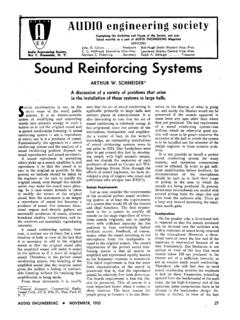
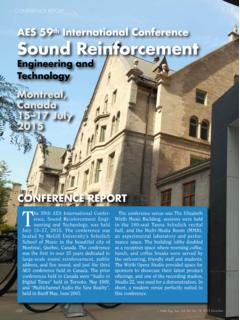
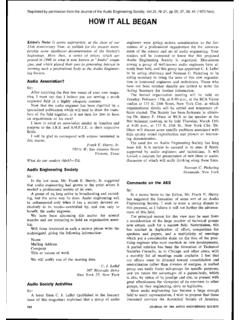
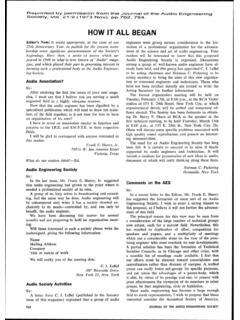


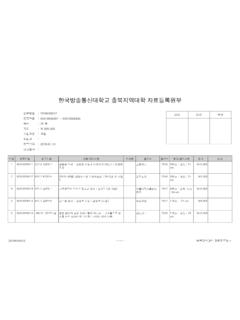
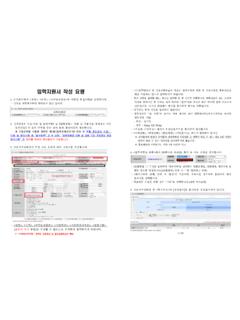
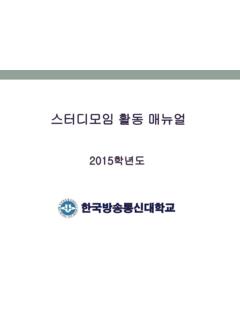

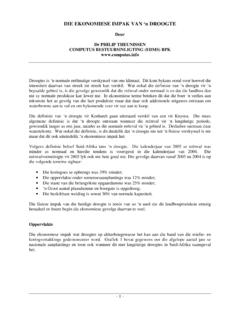
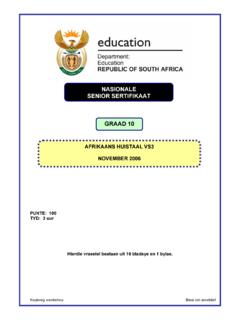
![llllilllillll[ililil] ll uilill - Accueil](/cache/preview/c/9/1/8/4/0/8/0/thumb-c9184080c32de70e1e27226b954a89b8.jpg)